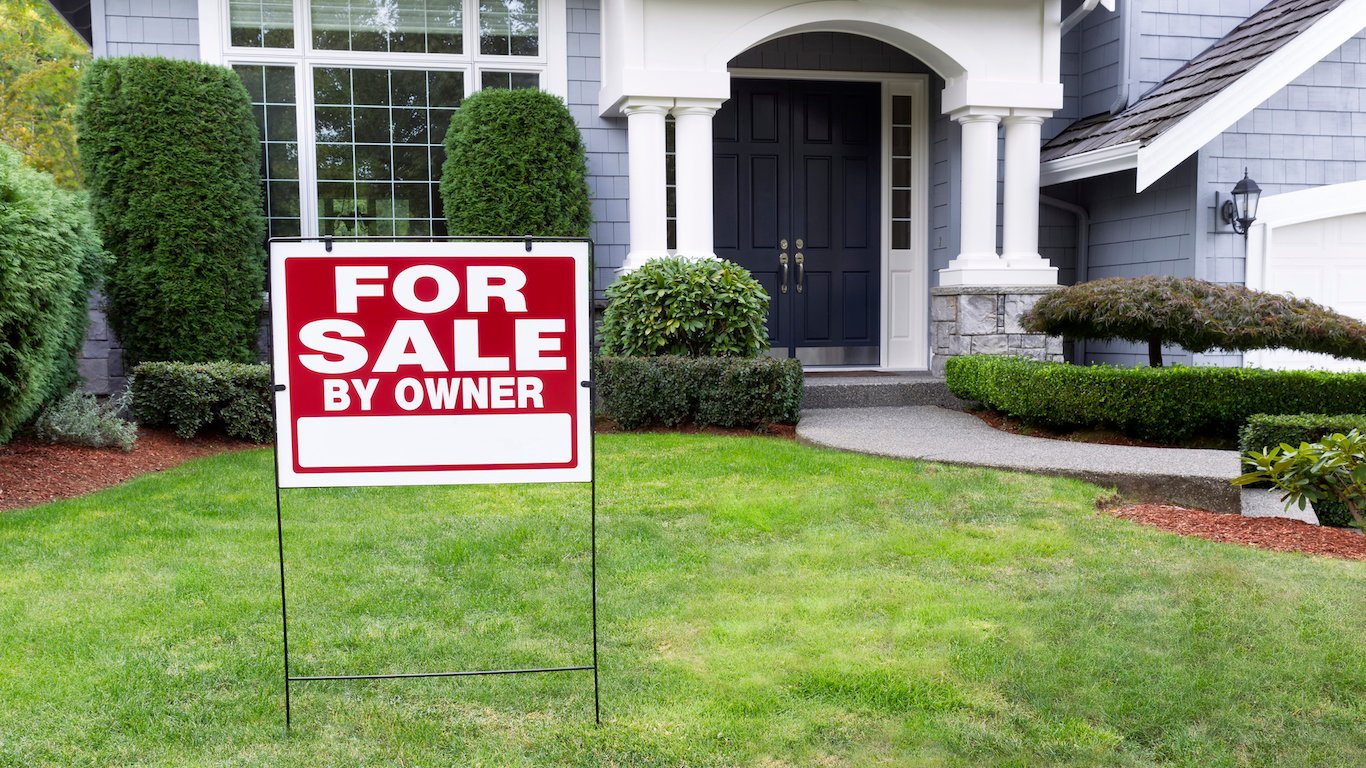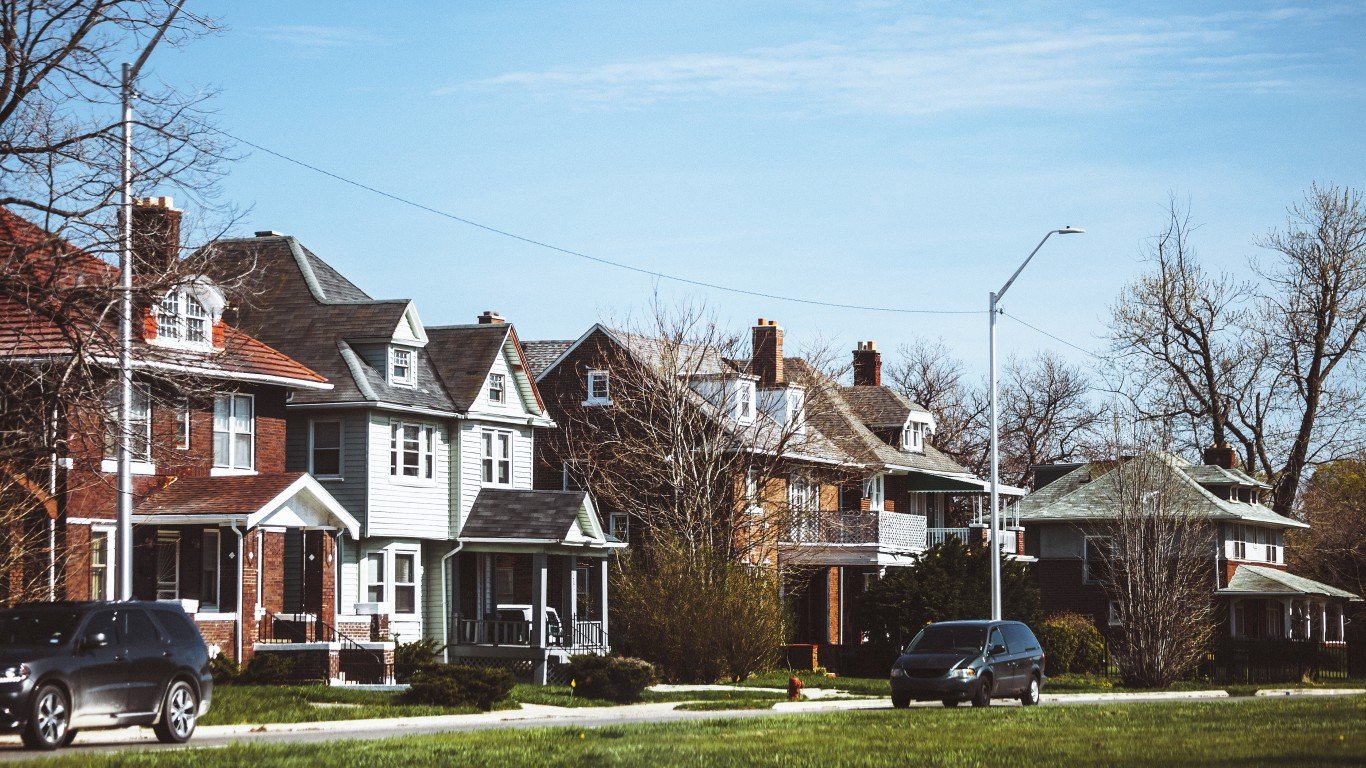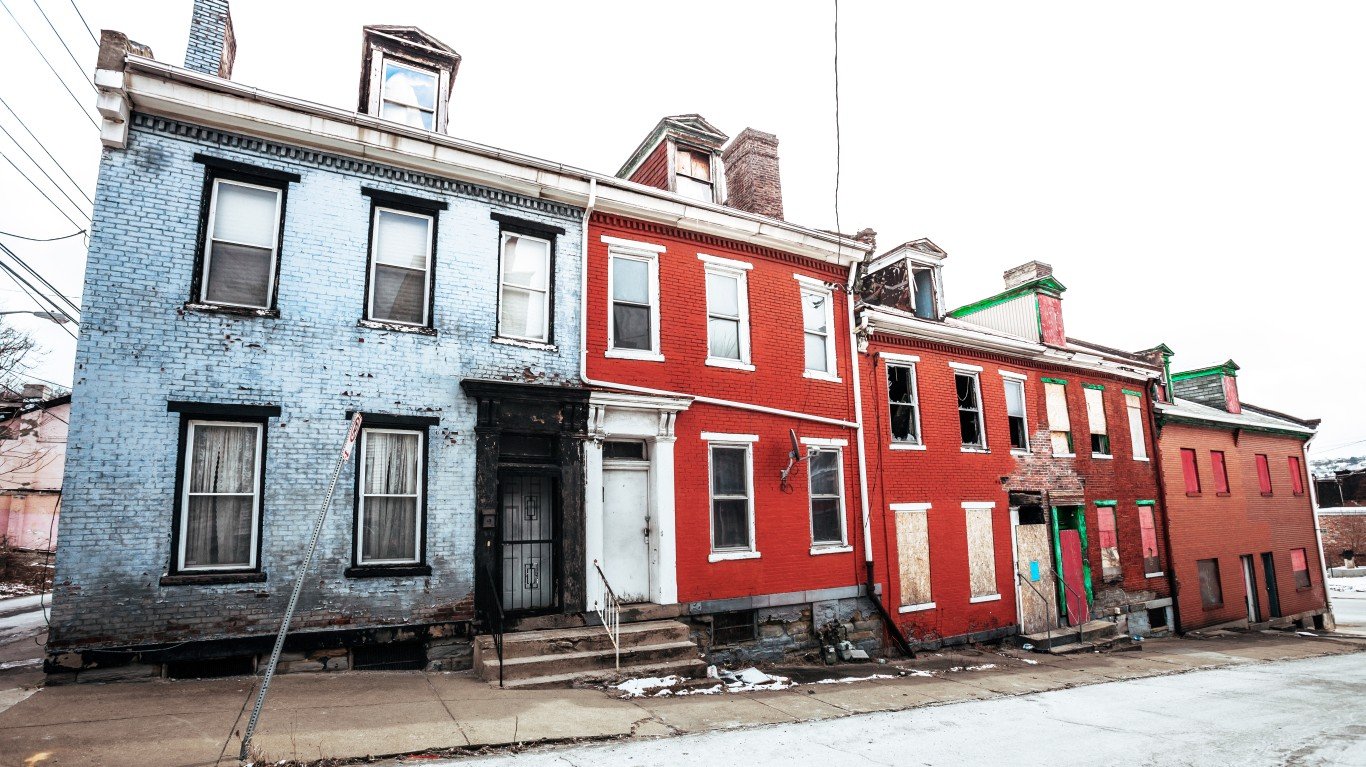

The S&P CoreLogic Case-Shiller national home price index rose 6.4% year over year in May to a non-seasonally adjusted (NSA) index of 202.95. Month over month the rate of increase was unchanged.
In all U.S. cities included in the 20-city home price index, May house prices increased year over year, and all 20 also posted NSA month-over-month increases. Seattle (up 13.6%), Las Vegas (up 12.6%) and San Francisco (up 10.9%) posted the largest year-over-year gains. Seattle (up 2.2%) posted the largest month-over-month increase, followed by Cleveland (up 1.4%) and Chicago (up 1.3%).
The S&P CoreLogic Case-Shiller NSA home price indexes for May increased by 6.5% year-over-year for the 20-city composite index and by 6.1% for the 10-city composite index. Economists had estimated an NSA year-over-year gain in the 20-city index of 6.6%.
The Case-Shiller index tracks prices on a three-month rolling average. May represents the three-month average of March, April and May prices.
Average home prices for May remain comparable to their levels in the winter of 2007.
The chair of the S&P index committee, David M. Blitzer, said:
Home prices continue to rack up gains two to three times greater than the inflation rate. The year-over-year increases in the S&P CoreLogic Case-Shiller National Index have topped 5% every month since August 2016. Unlike the boom-bust period surrounding the financial crisis, price gains are consistent across the 20 cities tracked in the release; currently, the range of the largest to smallest price change is 10 percentage points compared to a 20 percentage point range since 2001, and a 25 percentage point range between 2006 and 2009. Not only are prices rising consistently, they are doing so across the country.
Continuing price increases appear to be affecting other housing statistics. Sales of existing single family homes – the market covered by the S&P CoreLogic Case-Shiller Indices – peaked last November and have declined for three months in a row. The number of pending home sales is drifting lower as is the number of existing homes for sale. Sales of new homes are also down and housing starts are flattening. Affordability – a measure based on income, mortgage rates and home prices – has gotten consistently worse over the last 18 months. All these indicators suggest that the combination of rising home prices and rising mortgage rates are beginning to affect the housing market.
Compared to their peak in the summer of 2006, home prices on the 10-city index remain down 0.4%. On the 20-city index, home prices are now 2.6% higher. Since the low of March 2012, home prices are up 53.8% and 58.1% on the 10-city and 20-city indexes, respectively. On the national index, home prices are now 9.9% above the July 2006 peak and 51.1% higher than their low-point in February 2012.
Take This Retirement Quiz To Get Matched With An Advisor Now (Sponsored)
Are you ready for retirement? Planning for retirement can be overwhelming, that’s why it could be a good idea to speak to a fiduciary financial advisor about your goals today.
Start by taking this retirement quiz right here from SmartAsset that will match you with up to 3 financial advisors that serve your area and beyond in 5 minutes. Smart Asset is now matching over 50,000 people a month.
Click here now to get started.
Thank you for reading! Have some feedback for us?
Contact the 24/7 Wall St. editorial team.
 24/7 Wall St.
24/7 Wall St.


